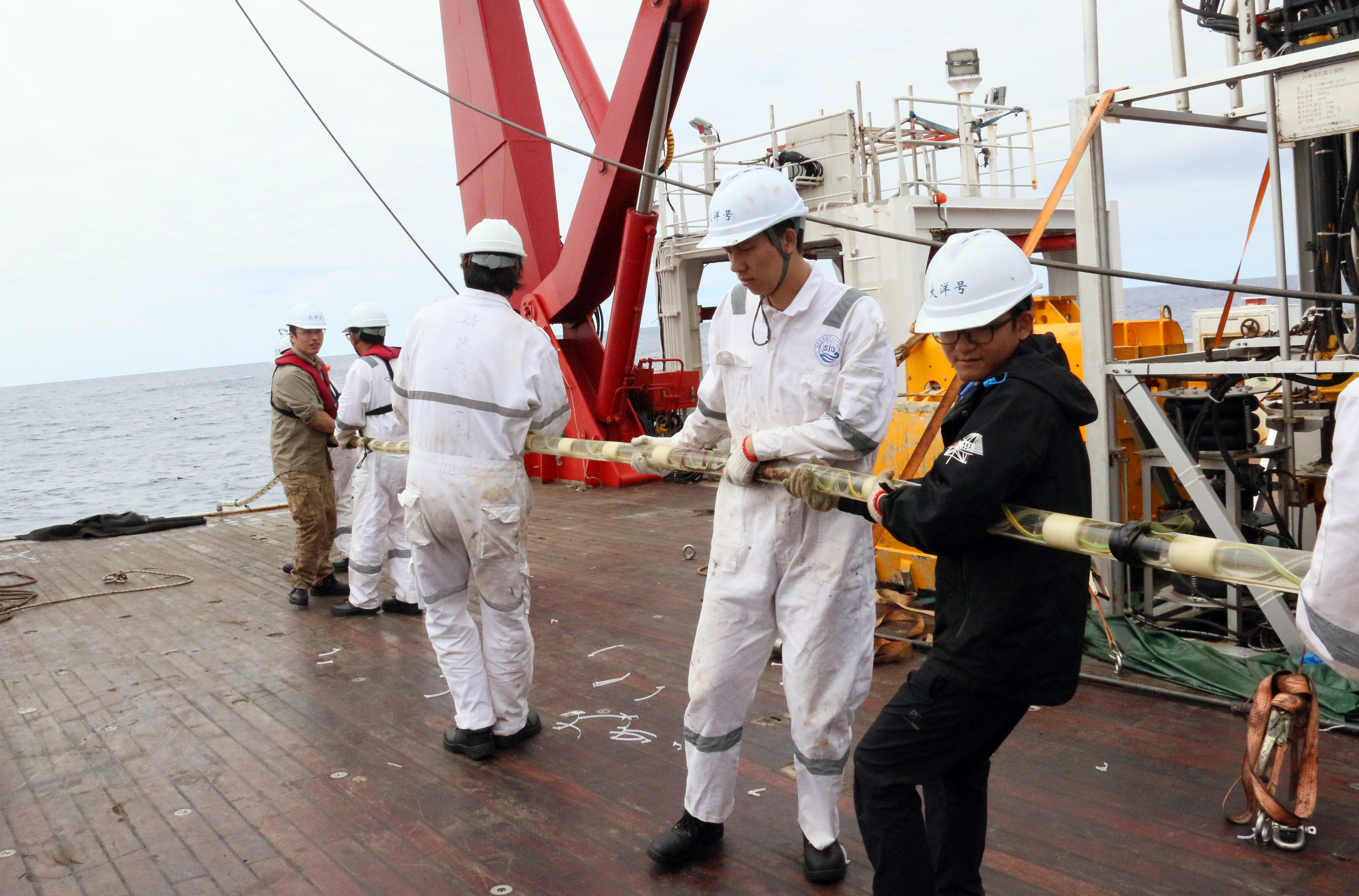News


Recently, an experimental application was carried out on the deep ocean 4500-meter-class broadband near-bottom acoustic detection system independently developed by the Key Laboratory of Submarine Geosciences, MNR, providing new support for the evaluation of the sulfide resources in the contractual area of China in the Southwest Indian Ocean. This is the first high-resolution near-bottom acoustic detection application in the mid-oceanic ridge sulfide zone around the world, indicating that our institute has made significant progress in high-resolution detection of seabed resource geology and geophysics.
The distribution and structure of sulfide ore bodies in the hydrothermal area play an important role in the evaluation of deep ocean sulfide resources. However, current sulfide ore body detection encounters many problems such as limited detection depth, insufficient accuracy, etc. In recent years, near-bottom acoustics has been proven to be a crucial means for high-resolution seabed detection. With the support of national key research and development plan and the “13th Five-Year Plan” on Ocean, the research and development team of the Key Laboratory of Submarine Geosciences, MNR has integrated domestic superior strength to strive to make technological breakthrough since 2018. The team has successfully developed a near-bottom acoustic detection system for mid-oceanic ridge sulfide exploration. The system is composed of near-bottom towed sound source and near-bottom receiving array. It employs a stereo air gun seismic source and a helmholtz sound source as the broadband sound source. Its maximum work depth is of 4,500 meters, sound source frequency coverage of 3~1,000Hz and the highest sound source level of 192dB (ref 1uPa@1m). 32 small intervals of 5 meters respectively are employed by the system. Further, the system’s technical indicators were verified through laboratory and lake tests.
In recent trial application voyage, the scientific research personnel carried out the experimental application of the system with Yuhuang sulfide mineralization area as the detection target, and obtained near-bottom detection data from two survey lines for deep ocean excitation and deep ocean reception of about 20km. Through preliminary analysis, it shows that waveform signal is balanced, the stratum reflection is clear and the data quality is high, laying sound foundation for obtaining internal structure of the ore bodies and the evaluation of sulfide resources.



